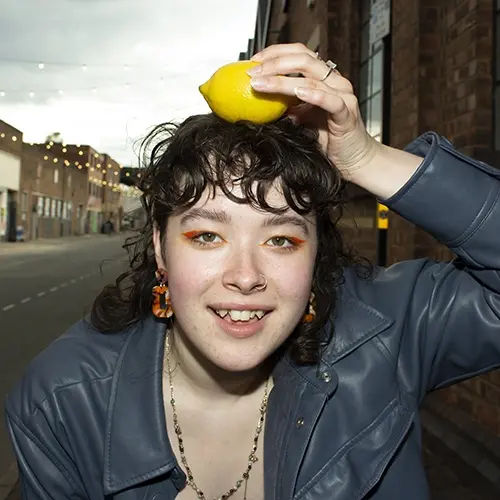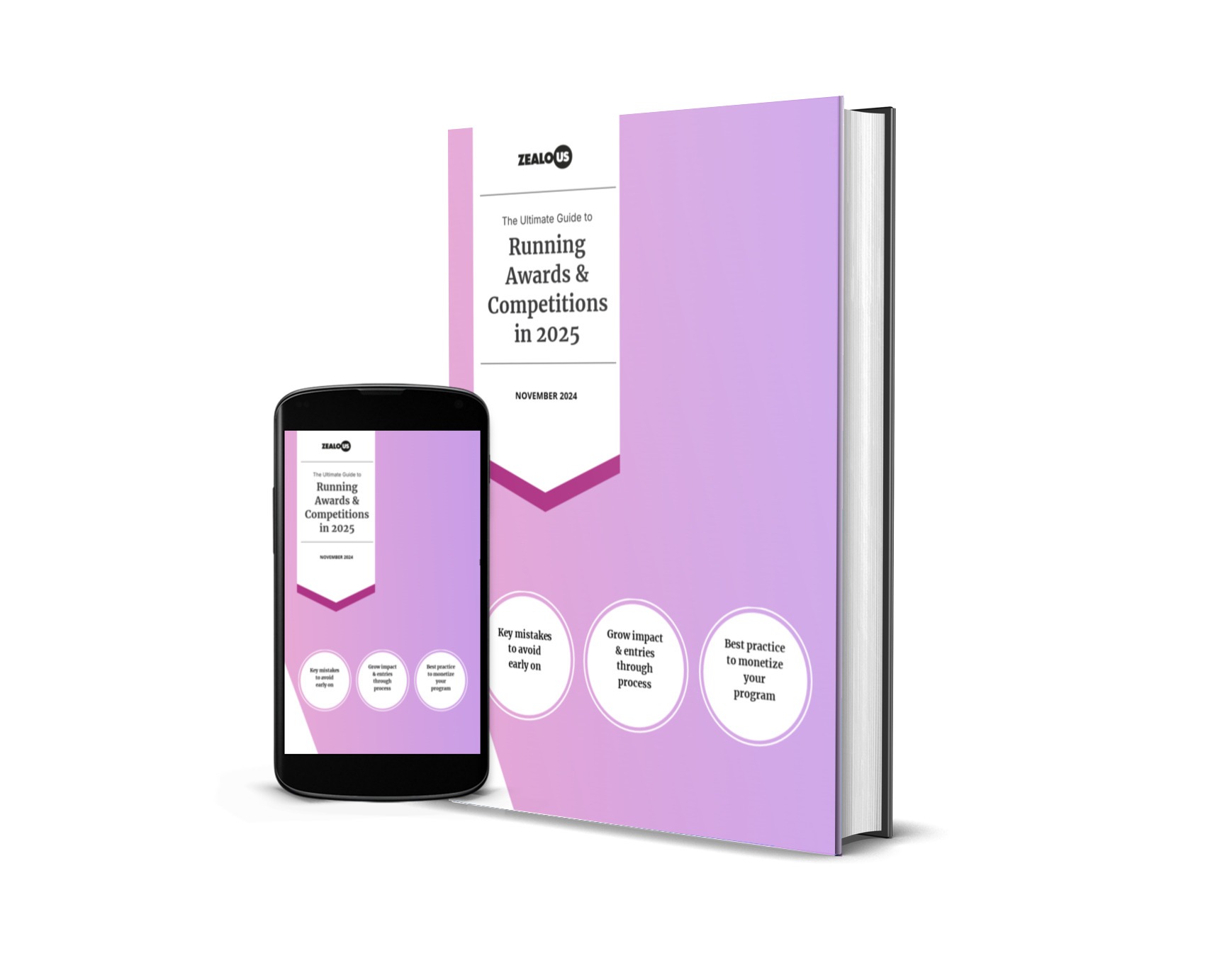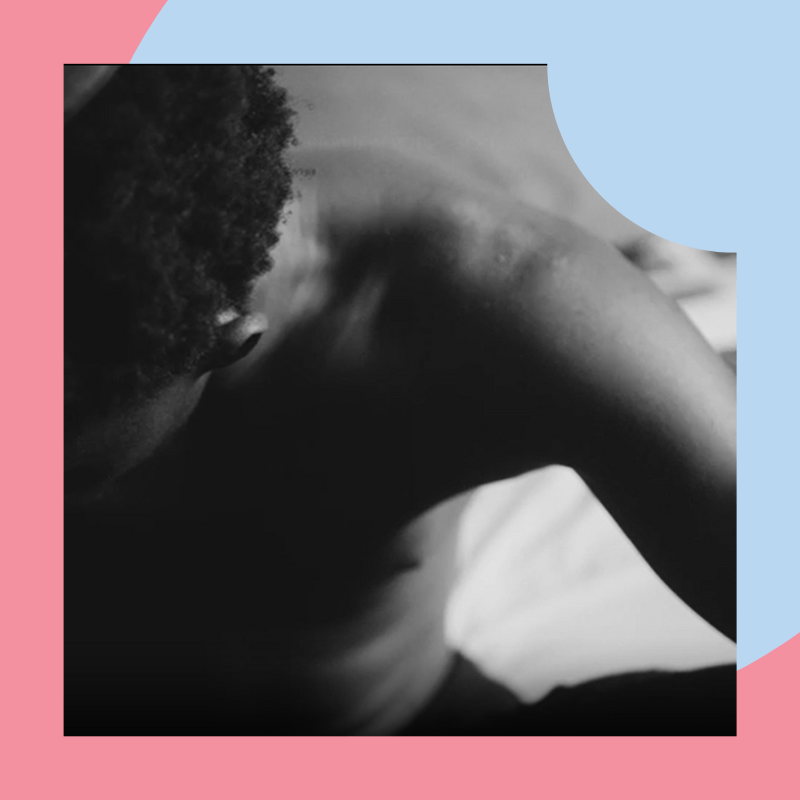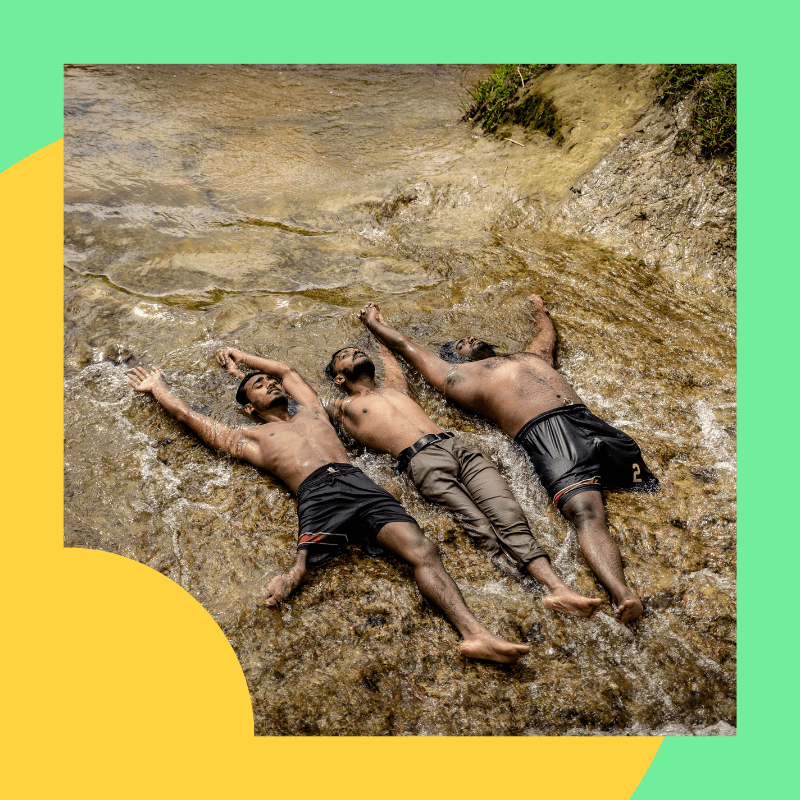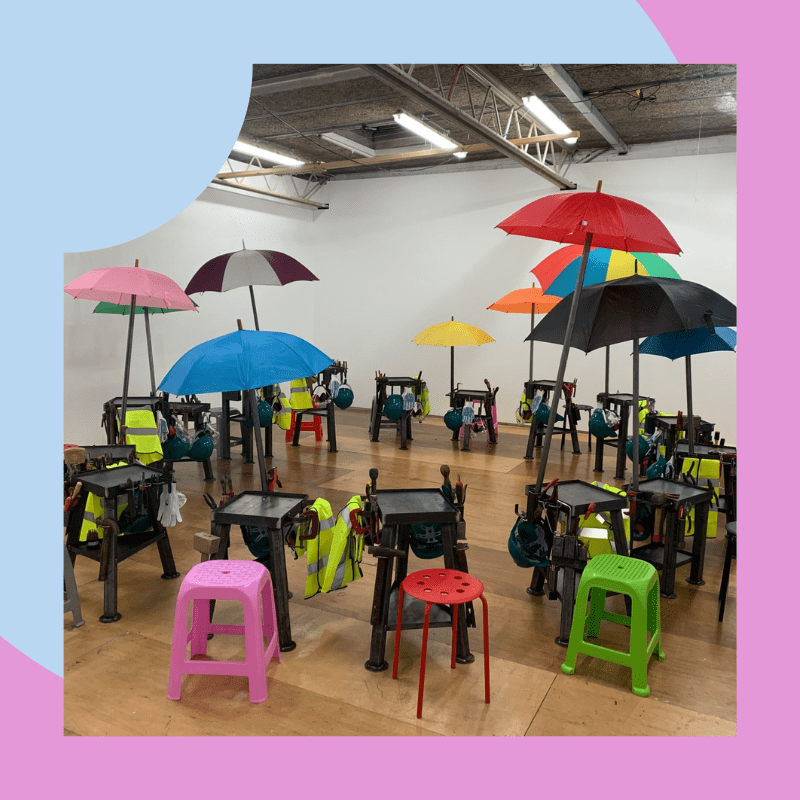Although not a definitive guide, this blog will provide you with ideas and resources for you to feel confident in writing about yourself.
What exactly differentiates an artist biography from an artist statement?
An artist biography is a personal statement about you, whereas an artist statement is about your art practice. This article here does a great job at differentiating the two, as well as taking a deeper dive in to how to write an artist statement.
It is important to clarify which one you need to include. In this case, your biography is going to be more about you as an artist, and less about motivation and process.
Figuring out the tone
Every resource is going to have a different idea about what your biography should be like. Some will recommend first person with a relaxed tone, and others may suggest a more formal third person voice. It is important to write in a way which feels true to you and your practice. Most artist biographies tend to be written in third person, but as long as you include all of the relevant information it does not really matter.
Understand who will be reading it
When it comes to content, it is important to consider the context in which a person will be reading your biography. If it is simply for your website or a general portfolio, then include any career highlights or education which you feel to be the most important to you. However, this will differ if you are applying to an opportunity. Let’s say for example you are applying for an exhibition: Here, it would be more beneficial to write about other previous exhibitions you have been in to highlight your experience.
The simpler the better
Your artist biography is a summary of you. This should include:
- Your name
- The medium you work in
- A line about the key themes, concerns of your practice.
- Your showing history
- Your art related education (although not necessary as you don’t need to have an art education to be an artist!)
- Other interesting information relevant to your practice or career as an artist (e.g. collaborations or arts collectives, other areas or aspects to your career that inform your practice)
Read artist bios by other creatives
There are so many artist biographies out there and reading some will help to generate ideas and inspire you. I have put together some which I really love and are definitely worth reading:
- Will Hughes
- Acacia Diana
- Roo Dhissou
- Travis Alabanza
- Guerrilla Girls
Be Yourself
When you are applying for an opportunity, you want the host to know who you are. As much as you can read tips and guides and follow templates, the most important thing is to write something which is authentic to you and your practice. It should read as though it was written by someone who is passionate about you and your work. Be proud of what you have created and let your confidence shine through.
So let’s get started!
Here are some prompt questions which can help you to make a start:
- What is most important to you as an artist?
- How would you describe yourself as a creative?
- Write a timeline of your art journey. Highlight 5 key moments that have shaped your practice today and include them in your artist bio.
- What 3 main things do you want the reader to know about you by the end of reading your biography?
- What are some themes you explore in your work?
- How would you describe your visual style?
There are a few other things to think about as you write your biography. The best length is about 80- 120 words long, but this would also depend on if the organisation is asking for it to be a certain length. Once you are done, it is a great idea to get someone else to peer review it. Having someone read it over with a fresh pair of eyes will be very beneficial.
Want us to write more content like this? Give it a like
Share
